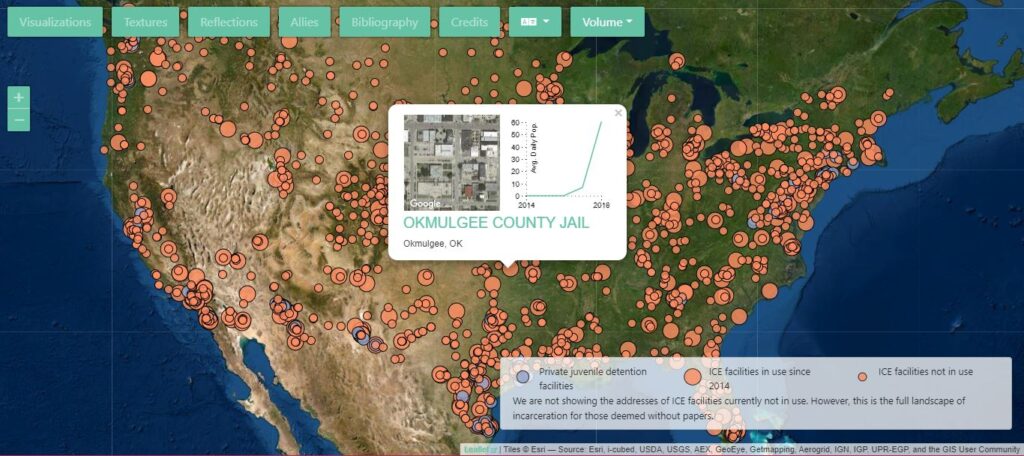After doing the readings (not to mention attending 3 other courses during the week), my understanding of Digital Humanities as its own distinct entity and field of study has certainly broadened. I still hold fast my initial impressions on it: that it innately marries aspects of traditional humanities with aspects of technology and the modern era, that it has an intrinsic sort of intertextuality to it, and that it’s a pervasive, yet subtle concept that exists in plain sight without people necessarily knowing that it is there (that is, many people engage with the digital humanities without even knowing it). However, after doing the readings I think I’ve come to a bit more a detailed understanding that I hope will only continue to grow.
Lisa Spiro’s “This is Why We Fight: Defining the Values of Digital Humanities” is the first piece I looked at with the idea of digital humanities consciously on my mind. It took me a little by surprise: Spiro doesn’t write very much about anything I could entirely view as a single, unifying force behind the subject. Rather, her writing seems to indicate a desire to outline was the digital humanities are more abstractly. That is, through her discussion, she provides information that when pieced together, forms an outline of what the digital humanities are, rather than beginning with simply citing a definition and then going from there. For instance, she writes that “the digital humanities encompasses fields such as librarianship in addition to humanities disciplines,” and that “[its] community promotes an ethos that embraces collaboration as essential to its work and mission.” While statement such as these explicitly characterize the digital humanities, they don’t outright define it, instead leaving one to independently interpret and piece together an individualized, yet guided and consistent idea of what the digital humanities could be.
A piece I read later on that also inspired me to a significant degree is “Digital Humanities: The Expanded Field,” by Lauren F. Klein and Matthew K. Gold. I read this after Spiro’s piece, which caused me to think about the relation between Spiro’s method of writing with Klein and Gold’s idea of a “big tent.” Klein and Gold outright state that “it can at times be difficult to determine with any specificity what, precisely, digital humanities work entails” within the first paragraph. Perhaps what spoke to me most from this piece was the idea that instead of “requiring that the tool-building work of an ImagePlot or a Bookworm, to name two recent contributions to that domain, speak directly to their objects of analysis,” digital humanities might “explore how the creation and deployment of such tools perform distinct but equally valuable functions.” I see a parallel between this and the idea of “show, don’t tell” – rather than just a requirement to have an explicit connection between a tool and a creation or other object, digital humanities allows for deeper and more varied examinations.
Part of the reason I submitted this rather later into the week was that I wanted to get more background knowledge on digital humanities from the other courses I’m taking in the digital humanities program. I won’t talk about each here, but I want to breifly bring into conversation a subject that Lisa Rhody discussed in her Methods of Text Analysis course: the idea that simplifying something or arbitrarily categorizing and grouping something for the sake of expedience may influence that which follows in its wake. In class, this idea was related more to sex and gender, and of course, I’m ironically grossly simplifying the idea, but I feel like it could be incredibly helpful to examining digital humanities in general.
To clarify, digital humanities doesn’t need a succinct, textbook definition. It’s an amalgamation of different ideas, backgrounds, and media. One could absolutely view it as a subject, either academic or conversational, but similar to, for example, feminism, formalism, and psychoanalysis, it can also serve as a lens to examine work under. Digital humanities as a lens probably has a significant of overlap with other lenses, but in a sense, all lenses have significant overlap with one another, and not simply because they are all lenses. An anthropocentric reading of a work could perhaps have a lot in common with a Marxist reading of the same work, or even other works, after all.




